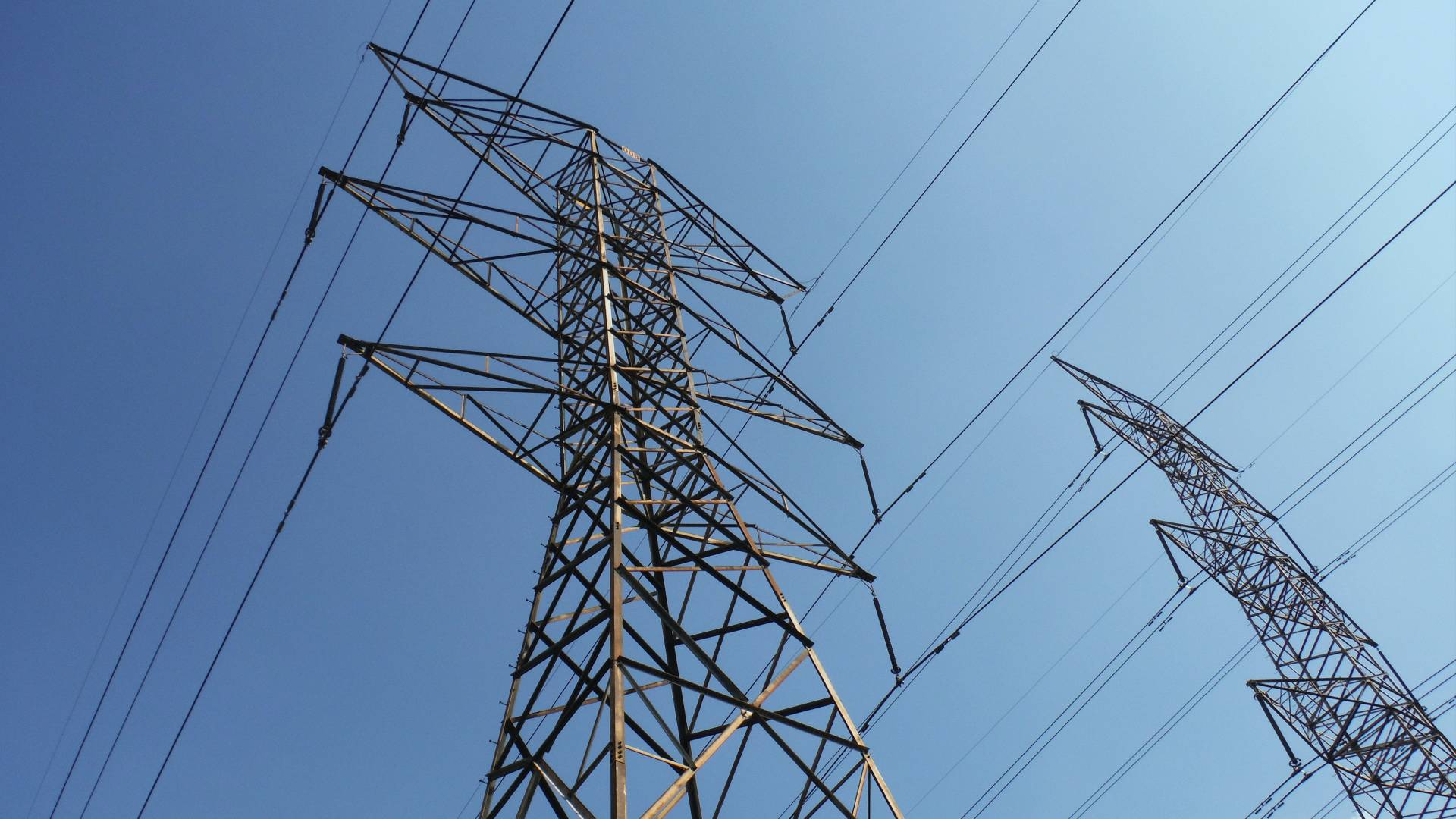November 21, 2022
Application of Australian Standards Course a Success for the APQRC
Earlier this month, the Australian Power Quality and Reliability Centre (APQRC) hosted a continuing professional development course at the University of Wollongong’s Innovation Campus.
The Application of Australian Standards for Management of Harmonics, Unbalance and Flicker course ran face-to-face between 2-3 November 2022, with an optional third day on 4 November 2022. The accommodated six attendees, who were hosted by APQRC speakers Jason David (Research Fellow), Vic Gosbell (Emeritus Professor) and Sarath Perera (Honorary Professorial Fellow).
The course was designed to assist those who deal with the allocation of power quality emission levels. It was of particular interest to engineers or technical officers working with network service providers or proponents of large loads or generators, particularly renewable energy generators such as solar and wind farms.
Throughout the course, speakers explained how before connection of large loads or generators, the National Electricity Rules (NER) require action to be taken to ensure that the connections will not have an adverse impact on network quality of supply. These adverse impacts include disturbances such as harmonics, voltage fluctuations and flicker, and voltage unbalance.
It is the responsibility of the network operator to allocate an agreed level of disturbance emission level and it is the responsibility of the connection proponent to ensure that the installation to be connected can meet the emission requirements. In Australia, the most common processes used to specify emission allocation levels are defined in the AS/NZS 61000 series of EMC standards, specifically:
- AS/NZS TR IEC 61000.3.6 for harmonics
- AS/NZS TR IEC 61000.3.7 for voltage fluctuations and flicker
- AS/NZS TR IEC 61000.3.13 for unbalance
Through the course, participants gained a better understanding of these standards and the methodologies for allocation of each of the specific disturbance emission levels. They also gained an understanding of the causes and effects of harmonic distortion, voltage fluctuations and flicker, and unbalance and the need to limit their magnitudes in electricity supply networks. As well as, an understanding of the Australian Standards related to power quality, challenges associated with them, and problems encountered with their practical application. The optional third day included examples and discussion of practical implementation of the theoretical components of days one and two.
Overall, the course was a success, and the APQRC was delighted to assist participants with their professional development. Continuing and professional development courses such as these align with the APQRC’s goal of supporting education in in distribution and transmission system power quality, reliability and renewable energy systems at the University of Wollongong.
For information about upcoming APQRC training courses, . Information about 2023 courses will become available early in the new year.
